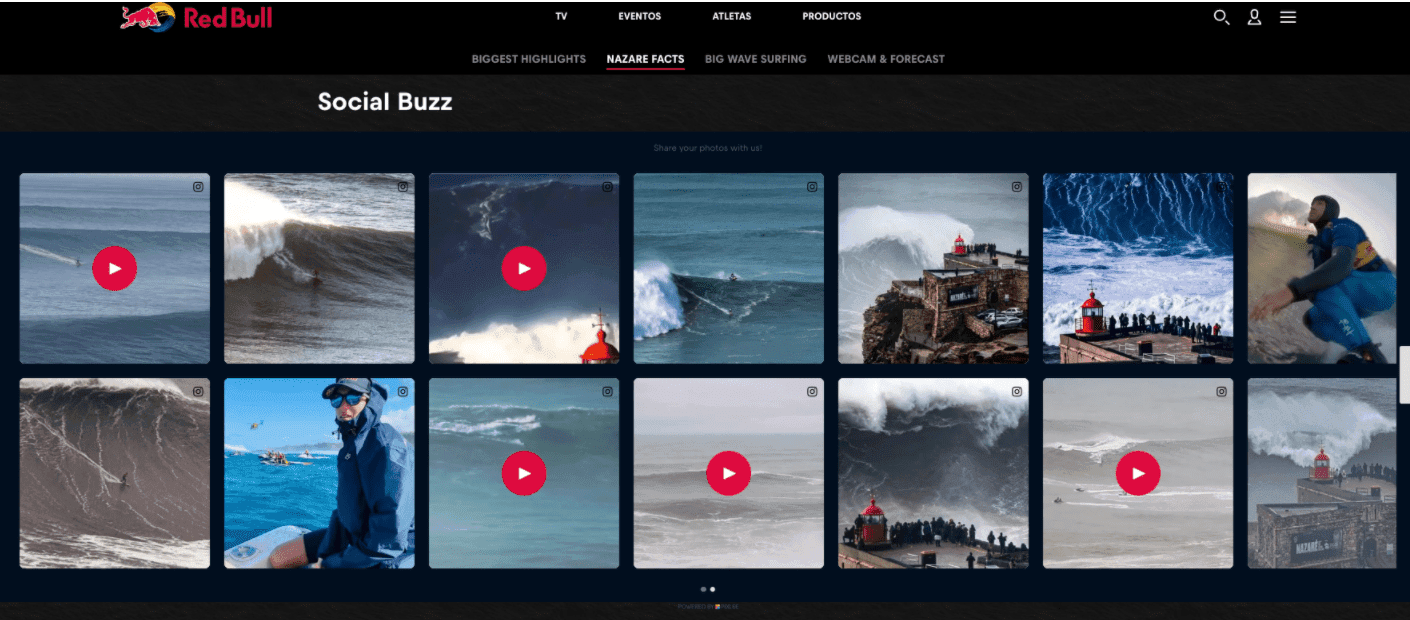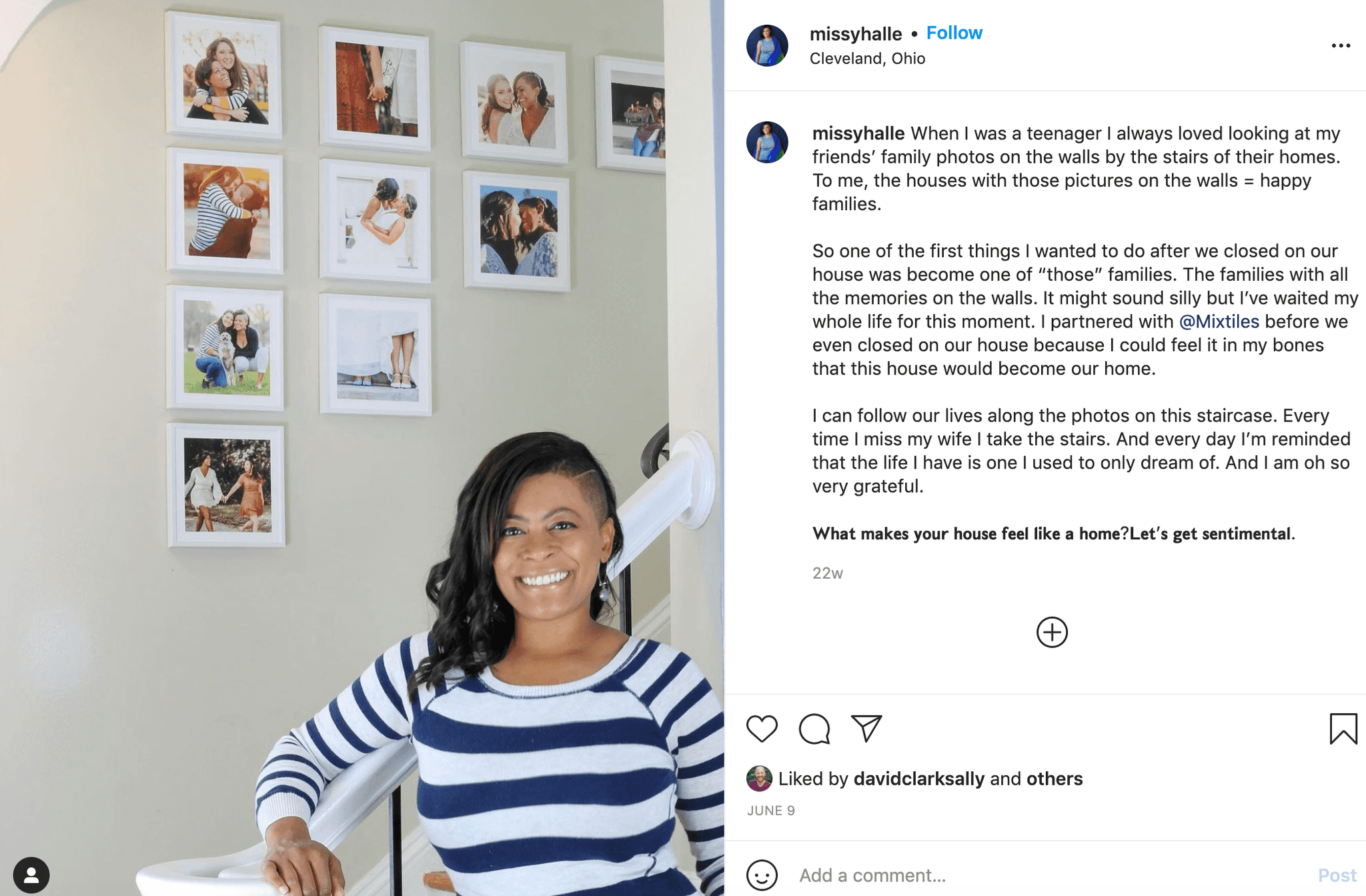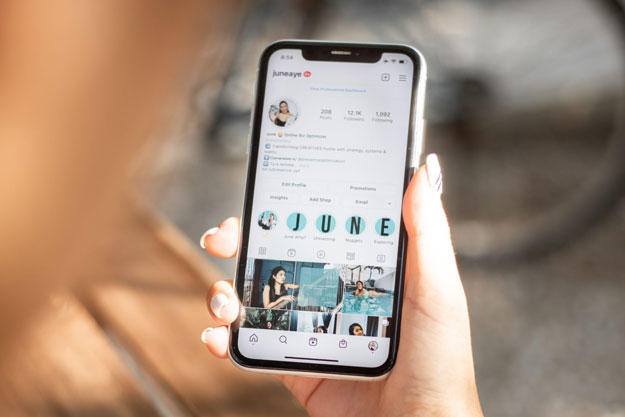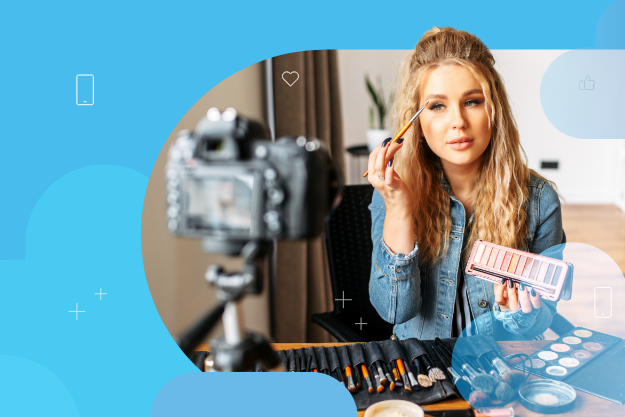Making waves in the marketing world can be a challenge for all businesses. Fortunately, there’s one marketing strategy you can employ to increase your sales, conversion rates, and level of brand loyalty all in one go. That strategy is ambassador marketing.
Ambassador marketing is one of the best ways to inspire brand loyalty and see those sales figures rise. But what is ambassador marketing? How do you leverage that type of marketing in the first place? You’ll learn all those in this article.
Ambassador vs. creator: What is the difference?
Many people think that ambassadors and creators are one and the same. Sure, the things they do might overlap, but they have their differences as well. First, an ambassador represents a brand or promotes a product.
Some ambassadors serve as brand advocates because they have a long history of using the brand, but most ambassadors are paid by the brands they represent. Additionally, ambassadors may have less creative freedom over the content they create because they are looking to align with the brand's goals and expectations.
On the other hand, a creator does not necessarily represent a brand. Most content creators start out by publishing content in their niche without any sponsorships. As their following grows, they may attract brands who will sponsor their content. However, a creator is typically known for having more creative control: the content they create aligns with their personal brand.
Their main goal is to attract and engage new audiences and the content mostly exists because the creator is passionate about whichever brand they are creating content for. Creators usually depend on audience contributions or platform monetization for a living, a phenomenon known as the creator economy.
Big brands like Red Bull differentiate between their ambassadors and their creators by having their own ambassador programs while also tapping influencers of all sizes for different marketing campaigns. For example, Red Bull has its Student Marketeer program in addition to its Musketeers program that allows students to become Red Bull brand ambassadors where they represent the brand in a certain way, seek new opportunities for the brand, and distribute products on their campuses to build brand awareness. On the other hand, Red Bull also uses influencers for its marketing campaigns, including featuring user-generated content (UGC) on its website, demonstrating that sometimes the best influencers are fans of the brand who create their own content without a sponsorship.

Despite these two main differences, ambassador marketing can and does work alongside the creator economy in promoting brand and products. There is a rather large intersection between the two sets of creatives. In the next section, let’s take a look at the things ambassadors and creators have in common.
Ambassadors are often a type of creator
With the rise of social influence across digital channels, the line between ambassadors and creators has become blurred. Many ambassadors are also creators and many creators are also ambassadors. The difference often lies in the formality of the relationship the creator has with the brand.
Rather than over-fixating on the distinguishing characteristics between an ambassador and a content creator, it’s important to acknowledge the role community content more broadly plays in the customer journey. Ambassador and creator content should provide valuable social proof for consumers interested in your brand — regardless of the nomenclature.
Brands like MixTiles use ambassador marketing to enhance brand awareness and promote products. Melissa Connelly, a blogger and LGBTQ+ advocate who discusses relationships, love, and queer life partnered with MixTiles and promotes the brand on her Instagram page. The post leveraged engagement and generated nearly 800 likes.

How to manage your ambassadors and creators
An ambassador-creator strategy is a two-way street. While ambassadors and creators deliver branded content to engage customers, your brand must be able to nurture and maintain those relationships. However, it is time-consuming and difficult to do on your own. In order to sustain and measure relationships while also managing several unique types of community content, brands should consider using an influencer marketing platform to accomplish these tasks all in one place.
1. Audit your existing community content
What many brands should come to realize is that the best content creators may be existing customers who are already a fan of your brand and who have already posted content on their personal social media pages. You can use a UGC platform to cost-effectively find and collect community content to feature on-site to leverage engagement and increase conversion.
The Cosmopolitan of Las Vegas used Pixlee (now Emplifi) to collect and manage existing UGC to showcase customer experience. The brand knew that there was an abundance of content out there from customers but needed a way to find and collect it. The Cosmopolitan collected over 19,000 pieces of content, which produced over 250 million impressions. By capitalizing on existing community content, The Cosmopolitan was able to authentically increase engagement on its Shoppable Instagram gallery with an engagement rate of 42%.
2. Discover creators and ambassadors that align with your brand
Finding the right people is critical. Selecting the right influencer or content creator could transform your brand. Choosing someone who doesn't accurately represent you could tarnish your reputation. With Pixlee's influencer discovery platform [Pixlee TurnTo is now Emplifi], you can find influencers based on size, interests, location, engagement rate, and more to maximize your brand’s impact.
Choose someone who has a high degree of professionalism. They need to be trustworthy and committed. They should also have a passion for your brand. Their authenticity will shine through if they are genuine fans of your products. They should also have a degree of relevance to your brand.
For example, if you’re selling mobile phone cases, choosing someone who’s already into tech (such as a technology blogger or YouTuber) would be appropriate. If you’re selling leather goods, it might not be wise to choose someone vegan and into animal rights. Brand ambassadors should also contribute to your goals effectively. Evaluate their skills and see how those skills can contribute to your brand goals.
For example, if you’re looking to create content, choose a content creator who doesn’t take any shortcuts, understands your niche, and has knowledge of your industry. Once you have found the right influencers for your brand with an influencer marketing platform, you can easily manage relationships with your creators and ambassadors all in one place.
3. Track content and ambassador performance
Finally, keep track of how your ambassador marketing campaign is performing. Check for the number of engagements, conversion rates, and above all - the quality and value of content. UGC provides high value as it can continue to impact KPIs on different channels even after the campaign is over. High-quality content can be used in on-site displays, email marketing, Shoppable Instagram, and more to continue to generate value for brands.
Nixon, Inc. funnels engagement by spreading Pixlee-powered UGC onto other channels beyond its initial usage on social media platforms like Instagram, which has translated to high engagement rates on-site. Through spreading content on other channels like the brand’s website, Nixon saw a 24% increase in on-site repeat visits.
The most effective way of building brand ambassadors is to work with content creators. They specialize in creating organic content that speaks to their audience and enjoy credibility within their niche. While we can acknowledge that there are differentiating characteristics between ambassadors and creators, we can agree that content produced by both proves invaluable to KPI optimization.
Matt Caron is a content marketer, writer, editor, manager, community builder, and UX/UI architect. At Ardent Growth, he helps companies create successful content and get the content ranking on Google.
Editor's Note: This article was originally published on pixlee.com. Any statistics or statements included in this article were current at the time of original publication.



































